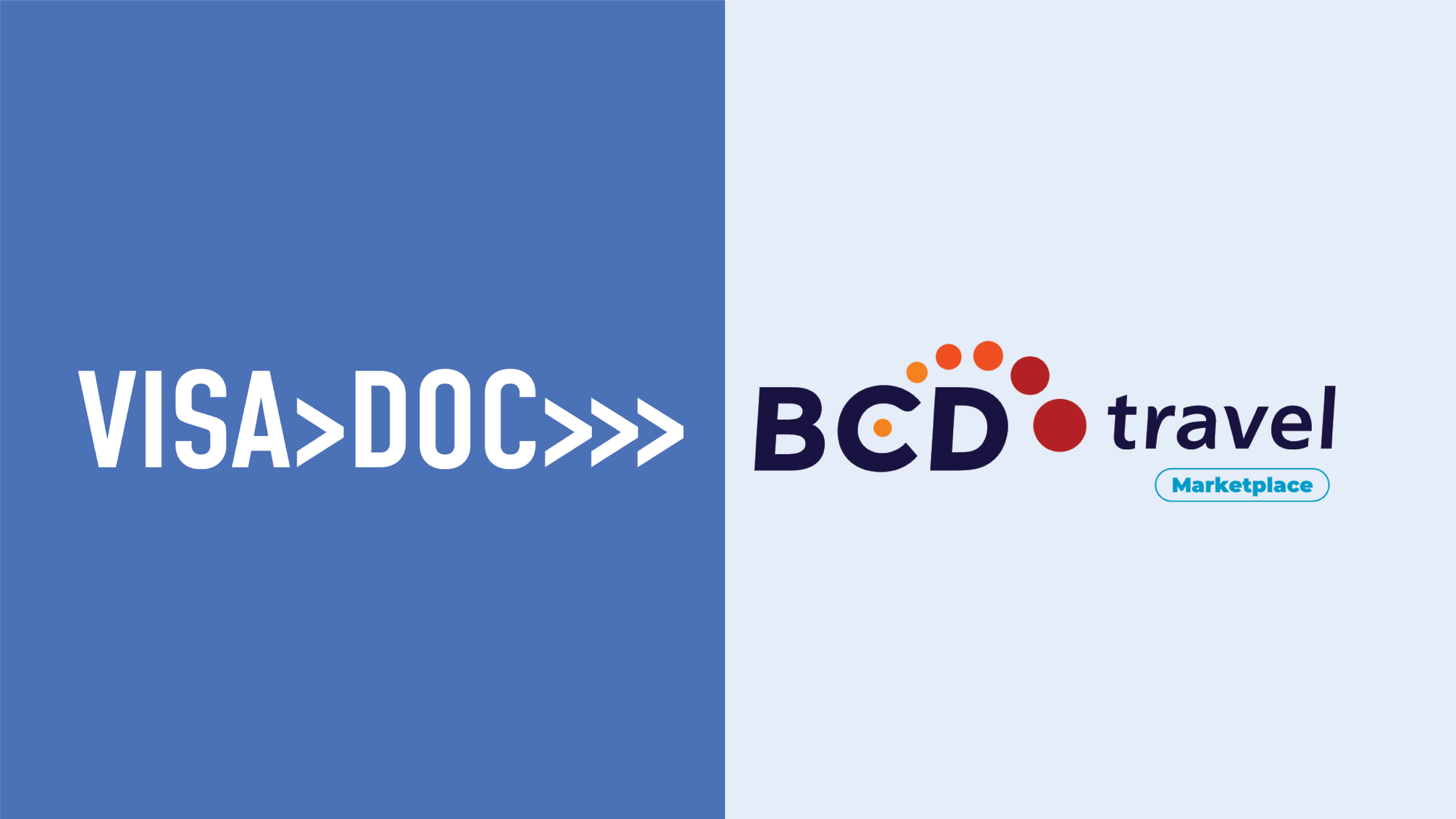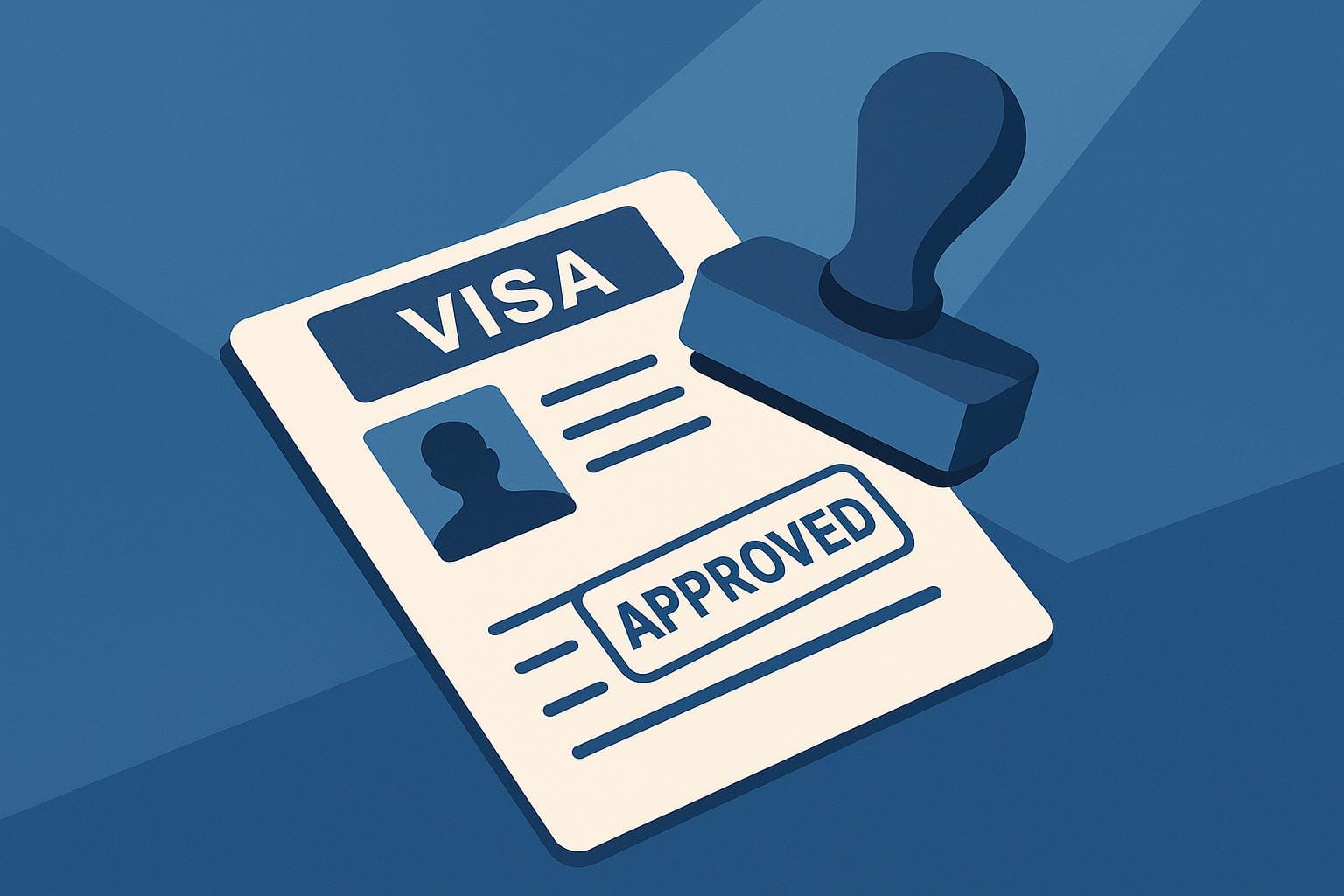Managing UK visa applications manually can be time-consuming, error-prone, and risky. Automation simplifies this process, ensuring efficiency, compliance, and cost savings. Here are five key metrics to evaluate the impact of visa automation:
- Time to Process Applications: Measure how long it takes to complete applications, including data entry and submission.
- Application Error Rates: Track how automation reduces mistakes, such as missing documents or incorrect data.
- Compliance Success Rate: Assess how many applications meet UK immigration rules without issues.
- Money Saved: Calculate savings from reduced staff hours, lower fees, and avoided penalties.
- Employee Feedback Ratings: Collect user feedback on system usability and workload improvements.
What is Visa Management Automation
Before diving into metrics, let’s clarify what automation actually does:
A visa management system replaces outdated manual, paper-based processes with a streamlined digital workflow. This modern approach simplifies visa handling and reduces administrative burdens.
Here’s how it works:
Digital Document Integration
Visa documents and employee data are centralised and synchronised across HR and travel systems. This eliminates duplicate entries and ensures consistent, unified reporting.
Automated Compliance
Every visa application is checked in real time against UK immigration rules. This minimises errors and helps avoid costly fines.
Intelligent Form Filling
By using existing employee data, the system fills out application forms, cutting down on manual input and reducing mistakes. Key features include:
- Pre-filling standard fields across various forms
- Highlighting missing or inconsistent details
- Validating information against official requirements
- Generating required supporting documents
Process Tracking and Notifications
The system logs all visa-related activities and ensures you're always in the loop with timely alerts for:
- Approaching visa expiry dates
- Necessary document updates
- Changes to immigration laws
- Application progress updates
These features directly influence key performance metrics, from reducing errors with intelligent form filling to improving success rates through automated compliance.
Next, we’ll explore five metrics to measure the impact of these capabilities on your visa process.
1. Time to Process Applications
Track the time it takes from starting an application to submitting it. This helps you understand how automation impacts efficiency.
Break this down into overall duration and specific stages like data entry, document checks, compliance reviews, and submission.
With VisaDoc AI, forms are pre-filled, and compliance checks happen instantly, reducing data entry time and speeding up submissions. Analysing these timings can help identify delays, such as manual approvals, and streamline the process.
Additionally, evaluate error rates in applications to gauge improvements in accuracy.
2. Application Error Rates
Monitoring application error rates is a practical way to assess how automation improves accuracy. By comparing error rates before and after implementing automation, you can clearly see its impact.
Common errors include missing documentation, data-entry mistakes, and inconsistent forms. Break these down by type and severity to evaluate the difference between manual and automated workflows[2].
Measuring Impact
VisaDoc's AI-driven document verification system, powered by its automated compliance engine, identifies missing or inconsistent details before submission. This helps increase approval rates while ensuring compliance is maintained[3].
Key metrics to focus on:
- Total error count: Compare the number of errors identified before and after automation[2].
- Error type distribution: Track which error categories are most frequent[2].
- Error rate trends: Observe how error levels change over time[2].
- Rejection rate from preventable errors: Monitor applications denied due to errors that could have been corrected[3].
For each error, log its description, category, timeline impact, and resolution steps. Make a note of whether automation could have prevented the issue.
Lower error rates are a strong indicator of improved compliance.
3. Compliance Success Rate
Reducing errors is just part of the story. A strong compliance success rate ensures your automated workflows align with all UK visa requirements. Here's the formula: Compliance success rate = (compliant applications ÷ total applications) × 100. For example, if 95 out of 100 applications are compliant, your success rate is 95%.
A reliable compliance-tracking system should focus on three key areas:
-
Pre-submission compliance:
- Verifying documents for accuracy
- Checking for complete and correct information
-
Post-submission compliance:
- Monitoring feedback from the Home Office
- Responding to requests for additional information
- Ensuring processing times are followed
-
Ongoing compliance:
- Meeting sponsor obligations
- Tracking employee visa status
- Maintaining proper document retention
VisaDoc simplifies this by logging every step, sending real-time alerts, and verifying documents against the latest UK regulations. This approach reduces errors and improves submission accuracy.
Tips for Effective Compliance Monitoring
- Set clear benchmarks to measure compliance
- Keep detailed records of all verification steps and maintain audit trails
- Regularly review compliance metrics, ideally every quarter
- Update your processes whenever regulations change
Next, we’ll explore how automation can lead to measurable cost savings.
4. Money Saved
After achieving compliance, it's time to look at the financial benefits. Start by calculating cost savings to understand how automation has impacted your expenses.
Direct Cost Savings
Direct savings come from automating manual tasks, reducing fees, and avoiding penalties. These savings translate into less staff time spent, lower application charges, and no fines.
For instance, VisaDoc handles repetitive tasks and helps you steer clear of fines, contributing to these savings.
Calculating ROI
The formula for ROI is:
ROI = [(Annual cost savings − Implementation costs) ÷ Implementation costs] × 100
Let’s break it down with an example:
If implementation costs are £50,000 and annual savings reach £125,000, the ROI is 150%.
Here’s how savings can add up:
- Staff hours reduced from £84,000 to £21,000, saving £63,000.
- Processing fees dropped from £15,000 to £12,000, saving £3,000.
- Compliance penalties cut from £25,000 to £0, saving £25,000.
Indirect Cost Benefits
Automation also provides indirect benefits, such as:
- Increased satisfaction by eliminating tedious manual tasks.
- Reduced risks of late filings thanks to consistent compliance.
Tracking Tips
To make the most of your savings, keep an eye on these metrics:
- Measure time spent on visa processing before and after automation.
- Compare processing fees before and after implementation.
- Regularly monitor error rates and compliance performance.
- Review these metrics every quarter to fine-tune your system and maximise ROI.
5. Employee Feedback Ratings
Employee feedback doesn't just help with cost management - it also provides a clearer picture of how well your system is performing.
Collect feedback through methods like in-app surveys, quarterly questionnaires, support tickets, and user-journey analytics. Keep responses anonymous to encourage honesty and comply with data protection laws.
Key Satisfaction Metrics
Focus on metrics such as overall satisfaction, ease of use, task completion rates, and perceived time savings compared to manual processes.
Common User Concerns
Look out for issues like confusing navigation, upload errors, missing status updates, and unclear error messages. Address these with features like intuitive menus, support for various file types, live progress indicators, and clear, actionable error prompts.
Acting on Feedback
Review feedback every quarter. Prioritise fixes based on their impact on efficiency, the number of users affected, compliance risks, and the technical effort required. Address high-priority issues quickly to maintain user satisfaction.
How to Read and Use These Metrics
With these five metrics in hand, you can compare data from before and after automation to transform raw numbers into practical insights.
Set Baseline Metrics
Start by recording the initial values for each metric:
- Average processing time per application
- Application error rate (percentage of total applications with errors)
- Compliance success rate (approved applications without compliance issues)
- Processing costs (including labour and operational expenses)
- Employee feedback ratings on system usability and workload
Regular Comparisons
Collect data at consistent intervals: weekly for processing time and error rates, monthly for costs and compliance, and quarterly for employee feedback. Compare these figures to the baseline to measure changes over time.
Analyse Trends
Look for patterns rather than isolated data points:
- Shorter processing times and fewer errors suggest improved efficiency.
- Better compliance rates and reduced costs point to lower risks.
- Higher employee ratings indicate enhanced usability.
If you notice negative trends, like increased processing times, investigate possible causes such as system changes or workload surges.
Turn Insights into Action
- Share percentage changes in time and cost with stakeholders.
- Address bottlenecks with targeted training or technical adjustments.
- Focus on improving the metrics that show the weakest performance.
Making Updates Based on Results
Once you've reviewed your key metrics, use these insights to improve your visa workflows.
Focus on High-Impact Areas
Start by tackling issues causing the longest delays, highest error rates, or compliance problems. Use your baseline and trend data to identify and address these areas first. This approach ensures your efforts make the most difference.
Fix Technical Issues
Address slow document uploads, boost system performance, and expand infrastructure to handle busy periods effectively.
Improve Training and Support
If error trends or feedback point to gaps in knowledge, take action with targeted support:
- Offer workshops to address common challenges
- Update user guides with detailed, practical examples
- Plan refresher sessions after any regulatory changes
Track and Adjust
After making changes, keep an eye on metrics like processing times, error rates, compliance levels, and user satisfaction. Use this data to fine-tune your processes over time.
Conclusion
By analysing processing times, error rates, compliance outcomes, cost efficiency, and employee feedback, HR and legal teams can transform raw data into actionable improvements. This continuous, data-focused approach helps keep your visa management efficient, compliant with UK laws, and supportive of smooth employee mobility.













